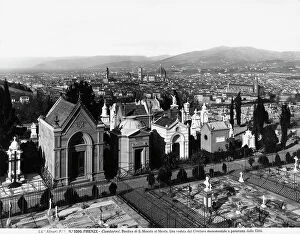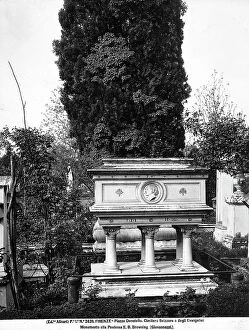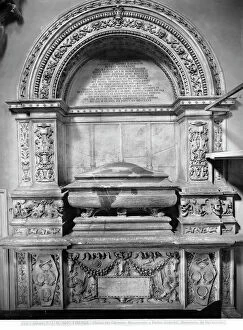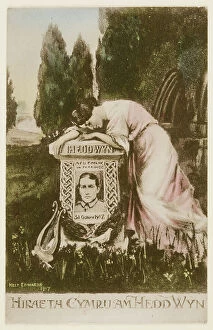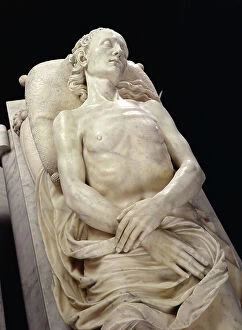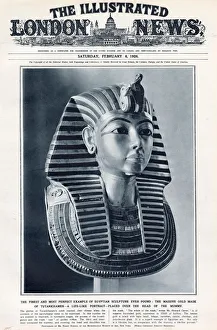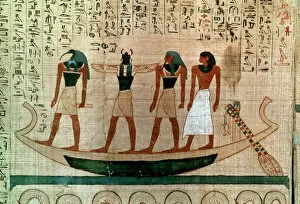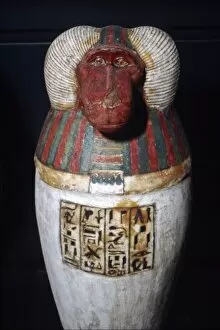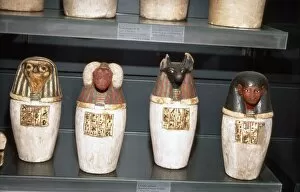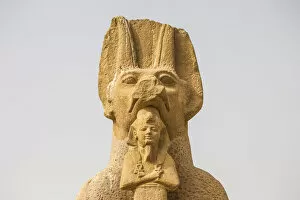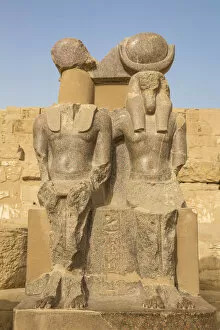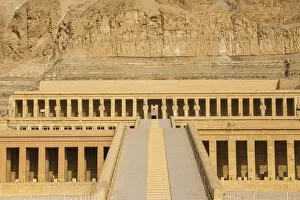Funerary Collection (page 17)
"Unveiling the Mysteries of Funerary Rituals
All Professionally Made to Order for Quick Shipping
"Unveiling the Mysteries of Funerary Rituals: A Journey through Ancient Cultures" Step into the world of ancient Egypt with the Papyrus of Ani (Book of the Dead) - The Judgement, a fascinating glimpse into the beliefs surrounding life after death. Marvel at the intricate Fayum mummy portraits from the Roman period, capturing individuals in their eternal slumber. Travel back to Early Bronze Age Cornwall and discover Gold Lunulae and Axehead artifacts from St Merryn, offering insight into funerary practices during this time. Explore the religious significance of Nephthys in Egyptian culture, as depicted in art and mythology. Behold the Eye of Horus, a symbol believed to provide protection and guidance for souls on their journey to eternity. Admire the elaborate false door of Senenmut, an essential element in ancient Egyptian tombs. The Funerary stele of Democleides transports us to 4th century BC Greece, showcasing how commemorative monuments were used to honor loved ones. Delve into Italian writer Giacomo Leopardi's contemplation on mortality and its influence on literature. Witness Indian NCOs of Guides cavalry captured in a captivating black-and-white photograph from 1879; these brave soldiers played crucial roles in funeral processions. Encounter a stunning Romano-Egyptian youth portrayed with a gold wreath adorning his head – an exquisite example of Fayum mummy portraiture. Experience The Fumigation of Osiris from The Book of Dead by Neb-Qued; immerse yourself in rituals performed to ensure safe passage for departed souls. Embark on an extraordinary journey through scenes depicted in The Book Amduat that reveal insights about ancient Egyptians' perception of the Underworld. Finally, marvel at a reconstructed wheel found at Princess Vix's tomb – evidence not onlyof lavish burials but also chariot use during funeral processions.

